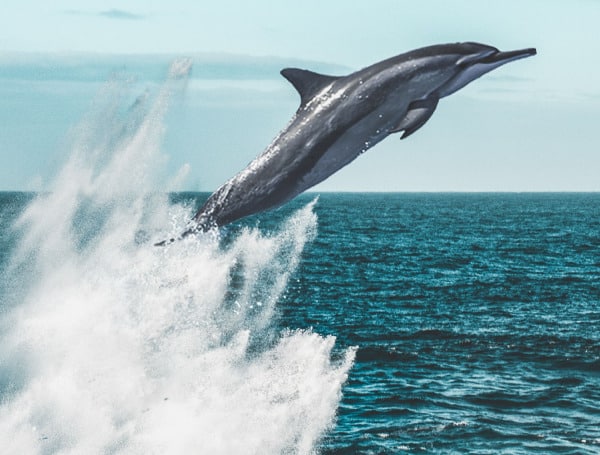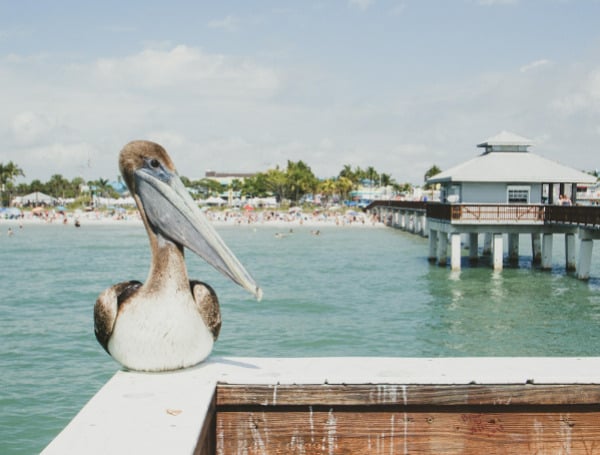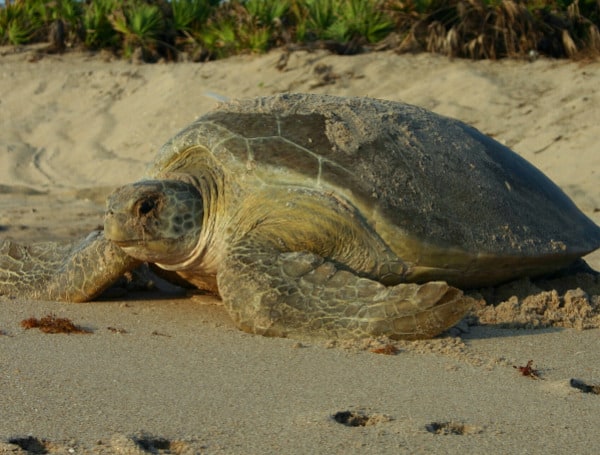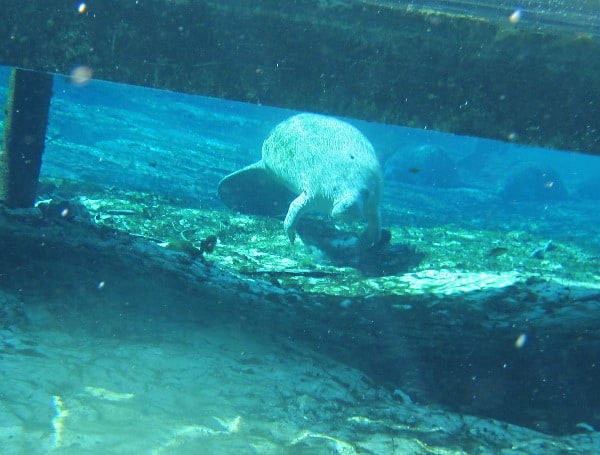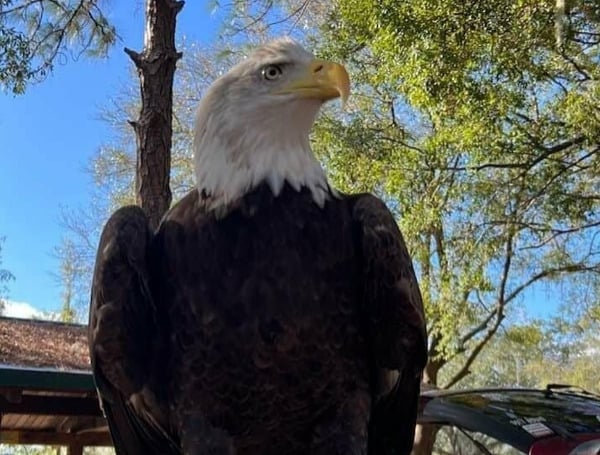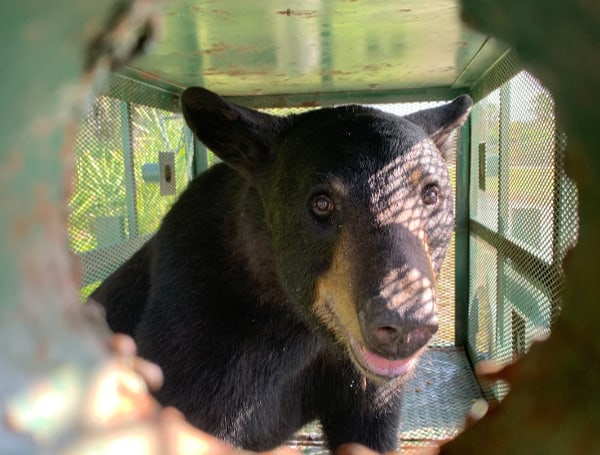Florida is a state rich in natural beauty and diverse wildlife. From the coral reefs of the Keys to the cypress swamps of the Panhandle, this Sunshine State is home to an incredible cavalcade of animals.
Whether you’re a nature enthusiast or simply curious about the unique creatures that inhabit this region, Florida offers an abundance of opportunities to observe and appreciate its wildlife.
Alligators: Ancient and Formidable
One of the most iconic creatures of Florida is the American Alligator. These reptiles are known for their toothy jaws, capable of delivering a snap with a force of up to 3,000 pounds.
With an average length of six to twelve feet, alligators can sprint with blurring speed.
To catch a glimpse of these magnificent creatures, visit parks and wildlife refuges such as Merritt Island National Wildlife Refuge on the east coast and Myakka River State Park on the Gulf side.
The best time to spot alligators is during their mating season in May, while they are least active during the cooler winter months.
Crocodiles: Rare and Shy
Florida is also home to the American Crocodile, a close relative of the alligator. Unlike alligators, crocodiles prefer salt or brackish water and can be found in the upper Keys at Key Largo’s Crocodile Lake National Wildlife Refuge and in the Everglades.
These prehistoric creatures grow slightly larger than alligators and have narrower snouts. Breeding season for crocodiles is from March to October.
Armadillos: Tiny Dinosaurs of the Night
If you hear a sound like an elephant crushing palmetto fronds underfoot, it might just be a five-pound armadillo. These unique creatures resemble tiny dinosaurs and once stood 3-1/2 feet tall and weighed around 600 pounds thousands of years ago.
Armadillos prefer temperate weather and are most active during the cool evenings of summer and the warmest part of the day in winter. Myakka River State Park in Sarasota is a popular spot to observe these fascinating creatures and their identical quadruplet litters.
Key Deer: Delightful Miniature Deer
In the Florida Keys, you’ll find the adorable Key Deer. These tiny deer weigh just 90 pounds and stand at only 2 1/2 feet tall. They are a subspecies of the white-tailed deer and are exclusive to the Keys in southern Florida. The majority of the Key deer population can be found in the hardwood hammocks of Big Pine Key, particularly at the National Key Deer Refuge. These deer are most active during dawn and dusk, making those times the best for sightings.
Pelicans: Majestic Coastal Birds
The pelican is a magnificent coastal bird that can hold more fish in its bill than its stomach. Brown pelicans are present in Florida year-round, while American whites are winter visitors.
You can spot these feathered friends on beaches and waterways throughout Florida, with the Pelican Island National Wildlife Refuge being a particularly popular spot to observe them.
Roseate Spoonbills: Blushing Beauties of the Wetlands
With their brilliant fuchsia bodies, bright red shoulder patches, and long, flat bills, Roseate Spoonbills are a sight to behold.
These pink birds are highly sought after by birdwatchers and are primarily found in South Florida, although they can be spotted throughout the state during the summer.
The J.N. “Ding” Darling National Wildlife Refuge on Sanibel Island is home to many of these blushing beauties.
Sea Turtles: Ancient Navigators of the Ocean
Florida’s shores provide nesting sites for sea turtles, which migrate great distances to return to these beaches.
The Archie Carr National Wildlife Refuge, stretching from Melbourne Beach to Wabasso, houses the densest population of nesting Loggerhead sea turtles in the Western Hemisphere.
Sea turtles nest from May to October, and public turtle walks are available, mainly in June and July, for those interested in observing this remarkable natural phenomenon.
West Indian Manatee: Gentle Giants of the Water
The West Indian Manatee, often referred to as the “sea cow,” is a gentle vegetarian that can grow up to ten feet long and weigh 1,000 pounds.
These creatures are related to elephants and can be found in warm waters during the winter months. Popular viewing locations for manatees include Blue Spring State Park, Three Sisters Springs, and Homosassa Springs Wildlife State Park.
Atlantic Bottlenose Dolphin: Playful and Intelligent Marine Mammals
Dolphins are warm-blooded, air-breathing mammals known for their intelligence and social nature. These charismatic creatures can frequently be spotted from Florida’s shores year-round. If you’re looking to get up close and personal with dolphins, organized dolphin watching cruises or dolphin swim programs at aquariums are available. You can also spot them in parks and sanctuaries across the state, from Northwest Florida to the Everglades.
Bald Eagle: Majestic Symbol of America
The bald eagle, a national symbol since 1782, is the only eagle unique to North America. Florida is home to a significant population of breeding bald eagles, making it a prime location for sightings.
These birds mate for life and build massive nests in the tops of large trees near wetland areas.
Marco Island, an official Bald Eagle sanctuary, and Merritt Island National Wildlife Refuge are excellent places to observe these majestic birds in their natural habitat.
Bobcat: Elusive and Beautiful Felines
Named for their short or “bobbed” tail, bobcats are twice the size of house cats and possess razor-sharp teeth and claws. These beautiful felines are shy and elusive, preferring woody or grassy areas.
While rarely seen during the day, bobcats may occasionally be spotted hunting for small rodents along deserted roads at dawn and dusk, especially during their breeding season from December to April. St. Marks National Wildlife Refuge and Wekiwa Springs State Park are locations where bobcat sightings are possible.
Butterflies: Delicate Wonders of the Insect World
Florida is a haven for butterflies, with over 160 species breeding in the state and another 200 passing through during migration. Many of these winged wonders can only be found in Florida and nowhere else in North America. From the Panhandle to the Keys, there are numerous spots to witness the beauty of butterflies. The John Pennekamp Coral Reef State Park at Key Largo and St. Marks National Wildlife Refuge, home to migrating Monarch butterflies, are particularly popular. Additionally, the Florida Museum of Natural History in Gainesville features a butterfly rainforest habitat that houses hundreds of native and exotic butterflies.
Florida Black Bear: Timid Teddy Bears
Florida is home to the Florida Black Bear, a species that loves honey, honeybees, fruits, nuts, twigs, and small animals. These timid teddy bears have curved claws for climbing trees in national forests.
Wekiwa Springs State Park near Orlando is a possible location for bear sightings, with the most abundant sightings occurring in May, followed by June, August, and September.
Florida Panther: Rare and Endangered Big Cats
The Florida Panther is one of the rarest and most endangered mammals in the world. Biologists study these panthers using radio collars due to their small population in South Florida. These cool cats are a subspecies of the cougar and can be found in the pinelands, hardwood hammocks, and mixed swamp forests of the Everglades, Fakahatchee Strand Preserve State Park, and the Florida panther and Ten Thousand Islands National Wildlife Refuge. Florida supports more breeding bald eagles than any other state.
Fox Squirrel: Uncommon Native Squirrels
The fox squirrel is a less common native squirrel in Florida, making sightings of these creatures a special occasion. With a heftier body, longer tail, and fur that ranges in color from tawny to gray to dark brown, these squirrels have a distinctive appearance. White noses and ears give their faces a mask-like appearance. Fox squirrels are most common in the northern and northwestern parts of Florida and can be observed in state parks and forests such as Ochlockonee River State Park in Sopchoppy and along the Withlacoochee State Trail in west-central Florida.
Great Blue Heron: Graceful Waders of Florida
The Great Blue Heron is a long-necked, lanky bird that stands at four feet tall with a six-foot wingspan. These magnificent birds use their impressive bills to spear fish, frogs, and snakes in oceans, rivers, marshes, and lakes. Great Blue Herons are active during the day and at moonlight, with their peak activity occurring just before dawn and at dusk. Various bodies of fresh and saltwater, as well as parks and sanctuaries like Sebastian Inlet State Park at Melbourne Beach, offer opportunities to observe these majestic wading birds.
Florida’s diverse habitats provide a haven for an astonishing variety of wildlife. From the mighty alligator to the delicate butterfly, each creature plays a vital role in the intricate web of life in this state. Whether you’re hiking through enchanted forests, kayaking along riverbanks, or simply enjoying a day at the beach, keep an eye out for these remarkable animals. Remember to observe wildlife from a safe distance and respect their natural habitats. Florida’s wildlife is a true treasure, and by appreciating and protecting it, we can ensure its preservation for generations to come.
Android Users, Click To Download The Free Press App And Never Miss A Story. Follow Us On Facebook and Twitter. Signup for our free newsletter.
We can’t do this without your help; visit our GiveSendGo page and donate any dollar amount; every penny helps

